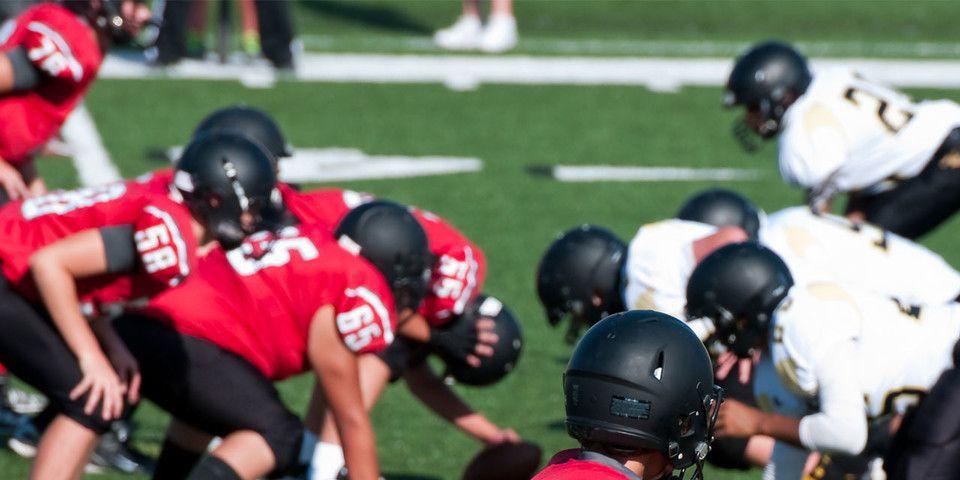How to Avoid A Twisted Ankle this Winter
The Facts About Twisted Ankle Injuries this Winter Sports Season
Skiing, snowboarding, ice hockey, and ice skating are part of the winter sports season. It is important to enjoy your time this winter, but being aware of possible injuries keeps you and your family safe. There are many injuries that can be sustained in the snow and ice and a twisted ankle is one of the most common.
What is a Twisted Ankle?
A twisted ankle occurs when your ankle is turned in a direction it is not meant to or a normal motion is over extended. Twisted ankle injuries are usually mild and can be treated with rest and ice. However, if you twist your ankle and the swelling does not go away, it could be a sprain.
Ankle sprains occur when ligaments that support the ankle joint are either strained or torn. A twist to the ankle from a winter sport could cause this kind of injury. Sprained or twisted ankle symptoms can include:
-
Swelling
-
Bruising
-
Tenderness to the touch
-
Inability to put weight on the ankle
Most sprains are relatively mild. However, severe sprains can mimic broken ankle symptoms and need medical care to be treated.
There are three sprained ankle grades and each has different results, such as:
-
Grade 1 - Mild: There is slight stretching of the ligaments along with minimal swelling and tenderness.
-
Grade 2 - Moderate: In a grade 2 sprain, the ligaments are torn, but not torn all the way. There is moderate swelling and looseness of the ankle joint.
-
Grade 3 - Severe: A sprain is considered severe when a complete tear of the ligament occurs, and there is no ankle stability.
If you sustain an injury to your ankle, it is best to seek out a physician so she or he can diagnose the severity of the injury and take the necessary measures to treat it.
Understanding Ankle Injury Predispositions
Some people are more likely to sustain these types of injuries. For example, people that have heels that naturally turn slightly inward are more likely to suffer from a twisted ankle. This is due to the fact that it is easier to turn on the ankle.
Furthermore, if you have suffered from a severe ankle sprain in the past you are more likely to sustain another sprain. This is due to the reduced strength of muscles and ligaments from the original sprain. Fortunately, this predisposition can be countered by emphasizing ankle strengthening exercises.
Why Winter Sports Can Put Your Ankle In a Twist
Winter sports pose an extra risk to sustaining an ankle injury. Most require some sort of boot as equipment and rely heavily on the ankle for support and control. While there will always be risks while participating in winter sports, there are some measures you can take to reduce your risk of suffering an ankle injury. Some important tips to follow are:
-
Use hard boots as they provide the most support for your ankles.
-
Make sure you are wearing the correct size skate or boot. These are not necessarily the same size as your shoe size. Rent gear from a quality gear shop and try the boots or skates on to determine if they are the correct size. If you are unsure, ask a professional. Wearing boots or skates that are not the correct size can increase the likelihood of a twisted ankle, or even a sprained ankle.
-
Learn proper falling techniques to avoid twisting the ankle during slips, trips, and falls.
-
Dedicate time to strengthening the muscles surrounding your ankle.
-
Always take time to warm up before participating in winter sports.
If you or a loved one experienced a sprained or twisted ankle, look no further than Rothman Orthopaedic Institute. A leader in orthopaedics, Rothman Orthopaedic Institute’s Foot and Ankle experts can help with all your ankle injuries. Please visit us here or contact us at 1-800-321-9999.
Related Specialties
Related Conditions
Related Programs
-

Injury Prevention Program
The Injury Prevention Program at the Rothman Orthopaedic Institute is dedicated to the prevention of injuries from athletic participation, particularly youth sports.Read More




